The Night sky is one of the most spectacular scenes we get to witness. While stars shine because they emit their own light, our moon and planets shine because they reflect the sunlight. This article lists the top 10 brightest objects in the night sky based on their maximum apparent magnitude. The Apparent magnitude is a measure of the brightness of an astronomical object.
ADVERTISEMENT
The maximum apparent magnitude is a tricky term. The lower the integer value of apparent magnitude, the brighter the object appears. Therefore, the maximum apparent magnitude is the lowest integer value of the apparent magnitude of an astronomical object.
(Note – Artificial satellites are not listed in this article.)
Brightest objects in the night sky
1. Moon
Moon comes at number 1 on this list as no surprise. The brightness of the moon is different for different phases and it has a maximum apparent magnitude of -12.74.
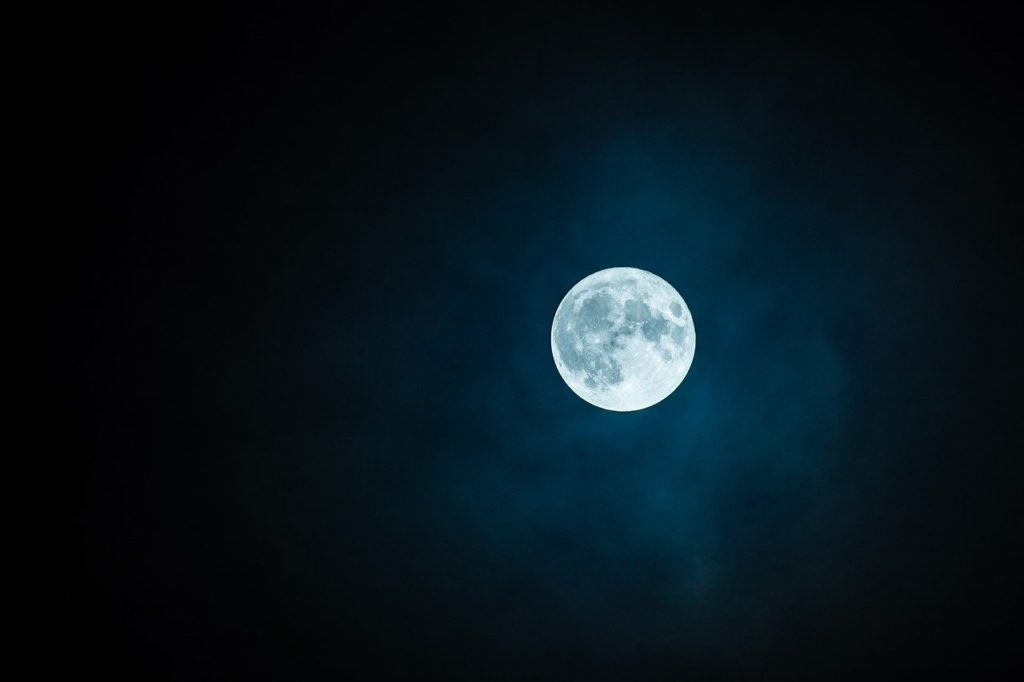
2. Venus
Venus is the brightest planet in the night sky. It is the second brightest object during the night and has a maximum apparent magnitude of -4.8. Venus is so bright because the clouds on Venus (mostly made of sulphuric acid droplets) are highly reflective. They reflect most of the sunlight that falls on them. Like the moon, Venus also has different phases.
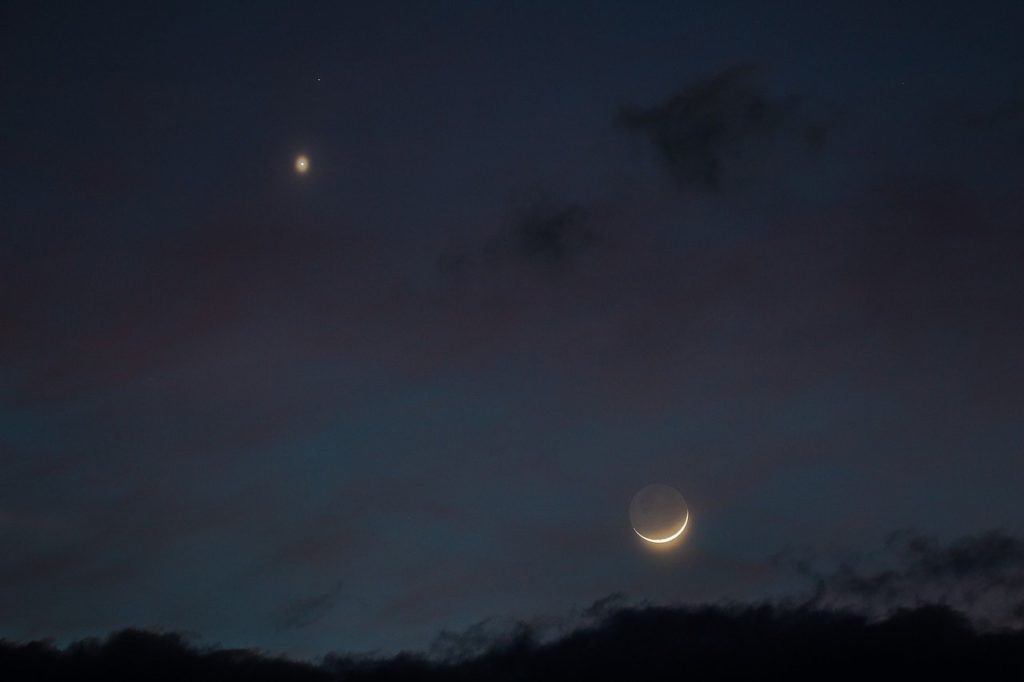
3. Jupiter
Jupiter is the third brightest object in the night sky just because of its sheer size. The distance of Jupiter from the Earth is about 8 times the distance of Mars from the Earth. Still, Jupiter appears brighter than mars for the most part. Jupiter has a maximum apparent magnitude of -2.94.
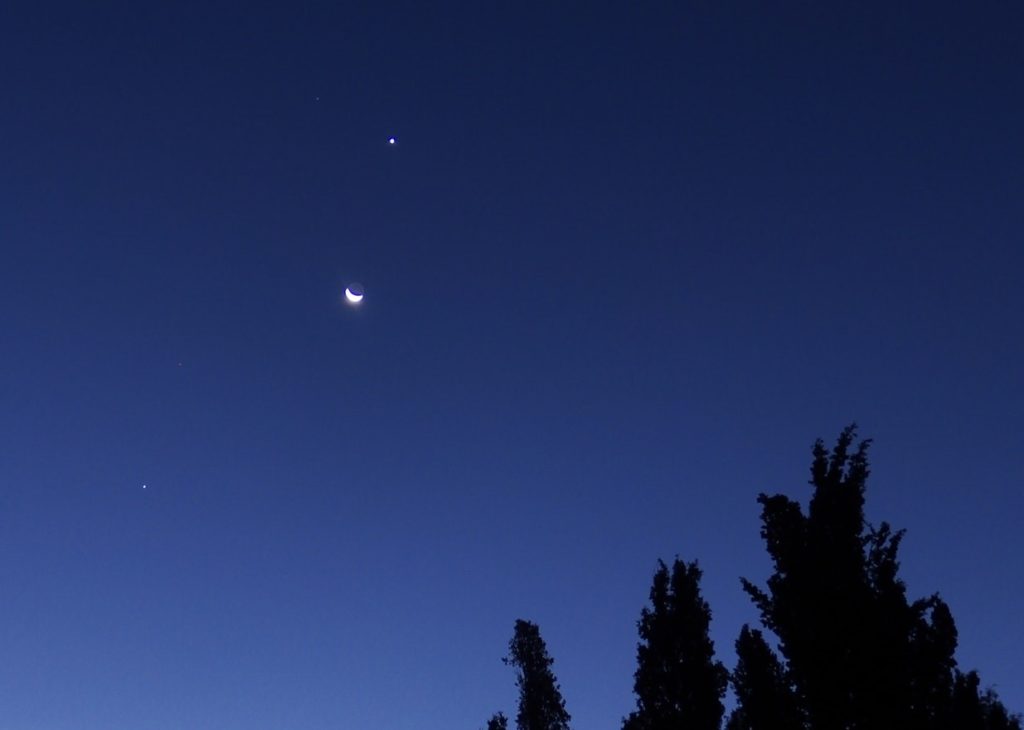
4. Mars
The red planet comes at number four on this list. There are times however when Mars appears brighter than Jupiter. Its maximum apparent magnitude is -2.94.
ADVERTISEMENT
5. Mercury
The smallest planet in our solar system is the fifth brightest object in the night sky. Its maximum apparent magnitude is -2.43. Mercury can only be seen in the twilight hours because of its close proximity to the Sun.
6. Sirius/α Canis Majoris
Sirius is the brightest star in the night sky. It is a binary star and has a maximum apparent magnitude of -1.46. Sirius consists of two stars Sirius A and Sirius B. However, It appears as a single point of light because of its large distance from Earth. (Binary star refers to two stars orbiting around a common barycenter.)

7. Canopus
Canopus is the second brightest star. It has a maximum apparent magnitude of -0.74. It is much larger in size than Sirius but since it is 36 times farther from the earth than
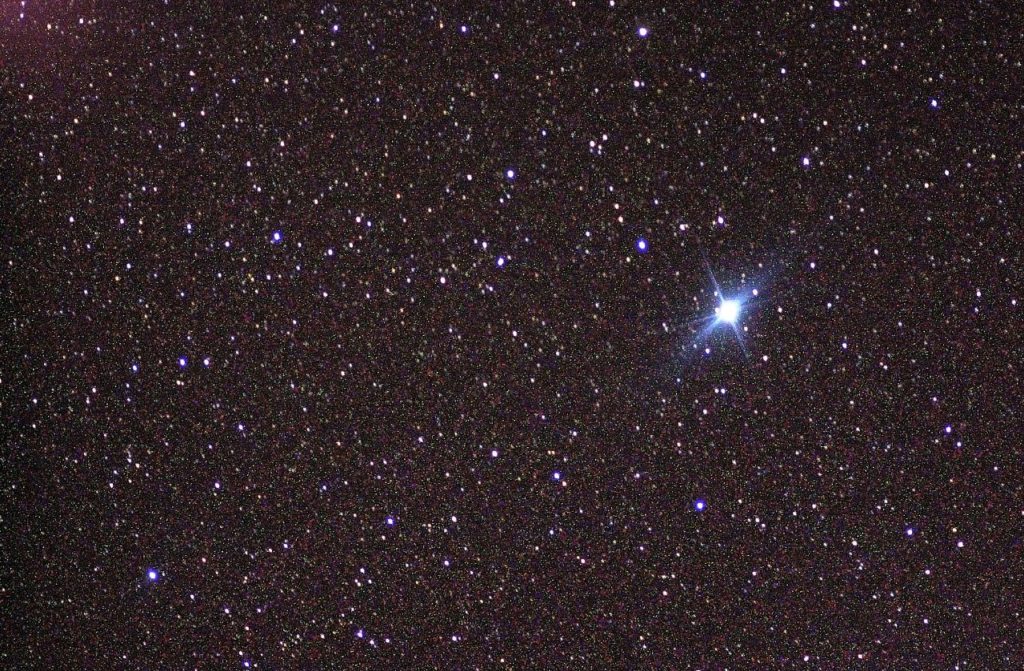
8. Saturn
The lord of the rings Saturn is the eighth brightest object in the night sky. It has a maximum apparent magnitude of -0.55.
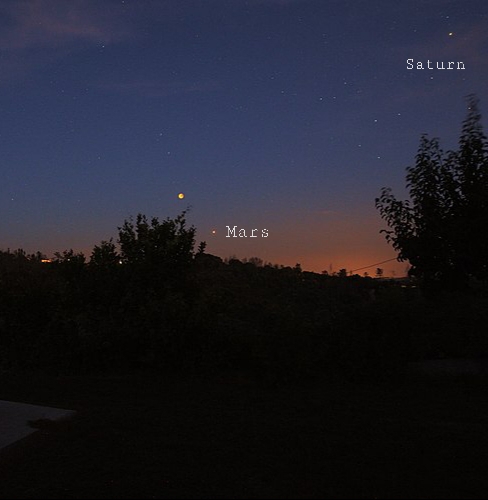
9. Alpha Centauri AB
Alpha Centauri A (Rigil Kentaurus), Alpha Centauri B (Toliman), and Alpha Centauri C (Proxima Centauri) form a triple star system. It is the closest star system to our solar system. Alpha Centauri A and Alpha Centauri B form a binary star Alpha Centauri AB which appears as a single point light and has a maximum apparent magnitude of -0.27.
10. Arcturus
The tenth brightest object and the fourth brightest star, Arcturus has a mass similar to our Sun. However, it is 170 times more luminous. The maximum apparent magnitude of Arcturus is- 0.05.
Additional Info
- The maximum apparent magnitude of the International Space Station (ISS) is -5.9.
- The maximum apparent magnitude of the Sun is -26.74.
You’re doing a fantastic job. You have ironed out what had been bothering me for a long time whenever I looked up at the sky. I had tried several times to explain this to my children but had been unsuccessful. It’s been sorted out now.
I’m glad this article helped you.
Please upload a picture of Sirius and Canopus in the night sky.
Will try
I must agree,your articles are helping us know facts we did not know all life . Keep them coming!!
Objects, not necessarily stars. Where is the ISS – is it not bright? What about the gazillion satellites we’ve put up there? Don’t they reflect light?
I’ve considered only natural astronomical bodies and objects in this post. ISS is the second brightest thing in the night sky, no doubt about it.